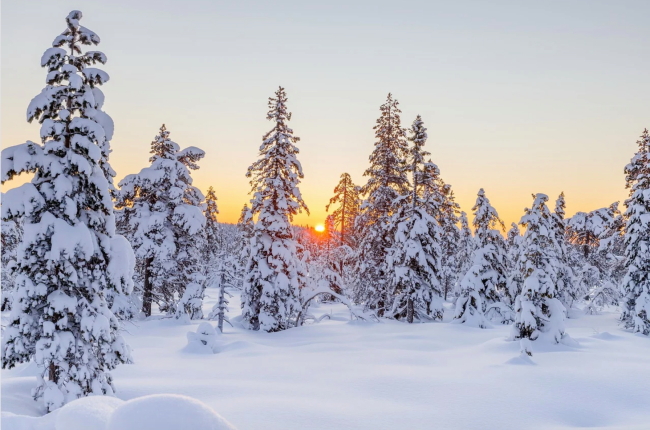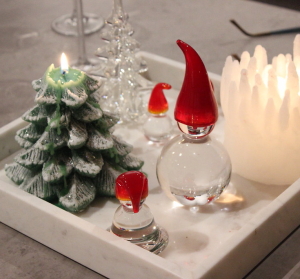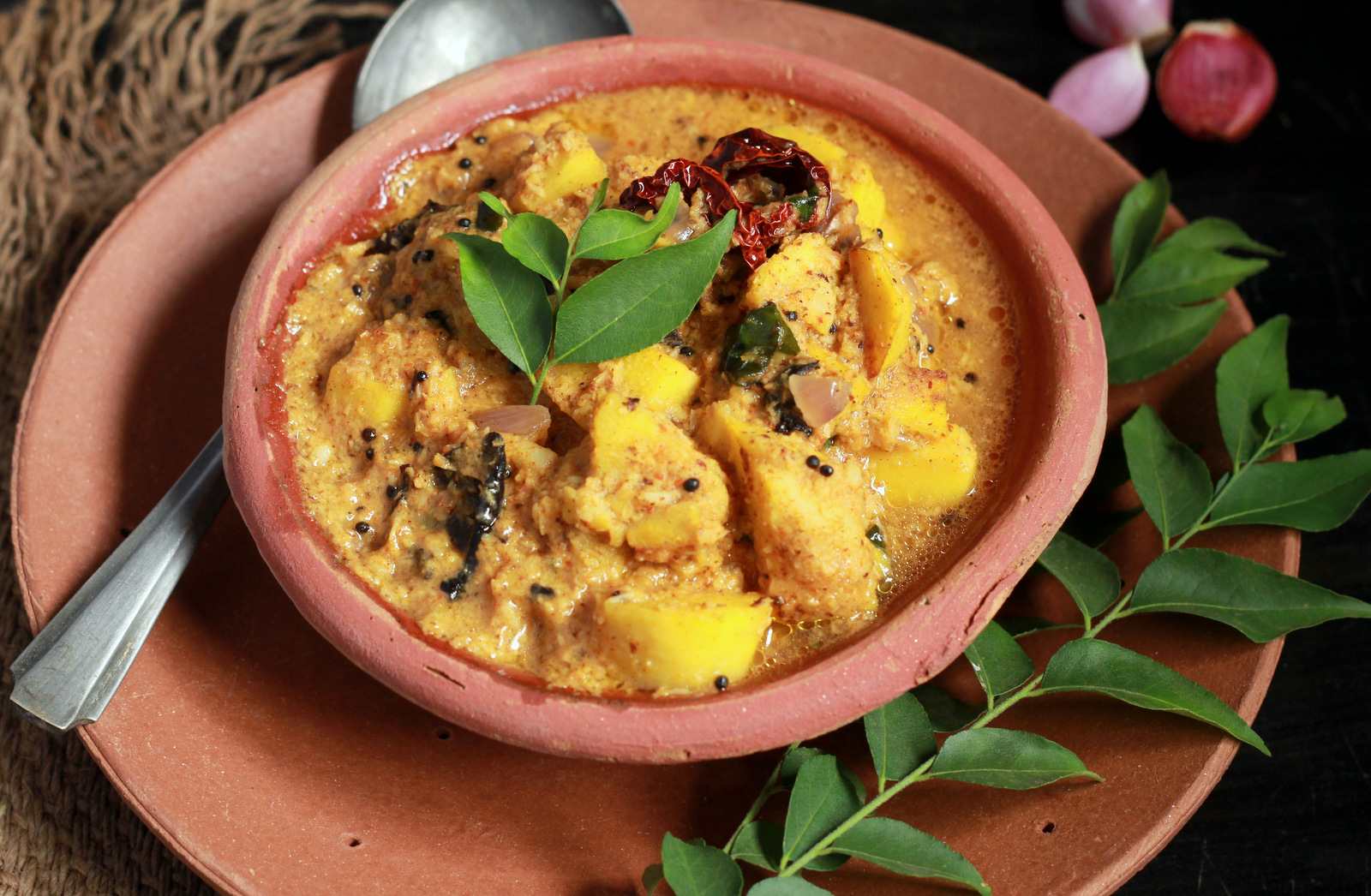TUESDAY, DECEMBER 21: For centuries, the solstices have been marked as auspicious turning points in the calendar. For our Northern readers, today is the winter solstice!
Often termed Yuletide or Yulefest, the days surrounding winter solstice have long been marked with cold-weather festivals and warm feasts, giving thanks for the “rebirth of the sun” and the reversal from increasing darkness to increasing light. Ancient Germanic peoples observed Yule; ancient Romans held Saturnalia, Brumalia and other festivals for the sun with food, gift-giving, gambling and often ludicrous behavior. Today, Pagans and Wiccans gather for Yule festivities: feasting and the lighting of the celebrated Yule log, which traditionally smolders for 12 days.
Want recipes? Bake a tasty version of a Yule log with a recipe from Martha Stewart.
Looking for an easy, no-bake Yule log cake? Check out this recipe, courtesy of Food Network.
Germanic peoples are credited the religious festival called “Yule.” Enormous feasts and livestock sacrifices were associated with Yule, and so merry was the atmosphere in these activities that Grettis Saga refers to Yule as the time of “greatest mirth and joy among men.” Today’s Pagans and Wiccans often exchange gifts at Yule meals, while praising the rebirth of the sun and various gods.
YULE: WASSAIL, HOLLY & MISTLETOE
Looking for some Yule inspiration? Recharge with some all-natural ideas from the Huffington Post, such as enjoying the beauty of firelight or relaxing to some Classical music. In years past, pagans “wassailed” their fields with cider drinks—but a tasty wassail is great for sipping! (Find a recipe here. For an alcoholic version, check out the New York Times.)
Get in touch with nature by decorating your home with holly, mistletoe and evergreens; for a warm scent, make a pomander by decorating oranges with cloves (get instructions from Martha Stewart), noting the orange’s resemblance to the sun.
from Religious Holidays https://ift.tt/31Zhx54

 :: Unlock Your Success with Our Digital Course →
:: Unlock Your Success with Our Digital Course →















No comments:
Post a Comment